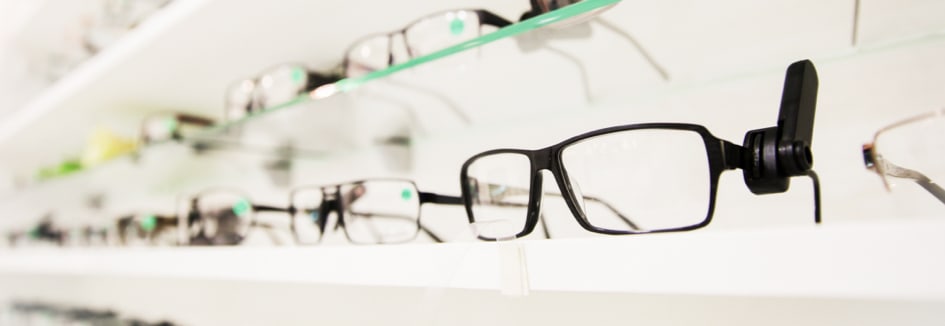If you wear glasses, you’ve likely had them for years—many refractive errors first develop in childhood. Your eyes experience many changes as you grow, and many younger patients must update their prescriptions frequently. When you’re an adult, vision changes happen more slowly, but you can still experience significant changes to your sight.
A significant change in your glasses prescription occurs when you struggle to see despite wearing corrective lenses, meaning your current prescription is no longer effective. You may experience blurry vision or other struggles, which can happen for many reasons. You will need an updated prescription to see clearly.
Your prescription can naturally change with time, or an external factor can affect your vision.
What is Your Eyeglass Prescription?
Your eye doctor writes you a glasses prescription to help treat conditions like hyperopia, myopia, presbyopia, and astigmatism. Each condition affects vision differently, making it difficult for patients to see from near, far, or all distances.
Your optometrist determines how much vision correction you need during a comprehensive eye exam. They assess your visual acuity—the sharpness of your vision—using an eye chart to determine if you have a refractive error. Your eye doctor then completes a refraction test to identify the lens strength you need to see clearly with glasses.
Your prescription is a series of numbers and letters that provide information on the lenses you need to correct your vision.
What Can Change Your Prescription?
Vision changes do happen for adults, but typically slower than in childhood.
Your prescription can change naturally due to age, eye conditions, computer use, and other close-up tasks.
Computer Use & Nearby Tasks
Computer use is essential for school and work today, but many patients don’t realize that using them for extended periods can affect their vision.
Close-up work, like working on the computer, can strain the eyes, leading to changes in prescription, particularly for those who spend significant amounts of time in front of a screen. In children, digital device usage may worsen myopia.
Age
Your eyes naturally change with age, which can lead to potential prescription changes. Presbyopia occurs in adults over 40, where the eye’s lens becomes stiff, and close-up vision becomes blurry. Many patients require reading glasses or multifocal lenses to see clearly from all distances.
According to the American Optometric Association, your eyes may go through several vision changes with age, including:
- Requiring more light
- Issues with glare in your vision
- Color vision changes
- Lower tear production
- Trouble reading or working on close-up tasks
After 60, many patients have a higher risk of eye conditions that can affect their vision.
Eye Conditions
Eye conditions are always a risk but can become more common with age. At first, these eye conditions may require you to update your prescription to see clearly. With time, you may need surgery or more intensive treatments.
These eye problems can lead to significant vision loss, so book regular eye exams to protect your sight. Your optometrist can diagnose these conditions as early as possible and recommend a treatment plan.
Vision-damaging eye conditions include:
- Age-related macular degeneration (AMD): Age-related macular degeneration is an eye disease that causes central vision loss, affecting the things you see directly in front of you. A leading cause of vision loss for older adults, AMD can make it difficult to read facial expressions, drive, or focus on close-up tasks.
- Cataracts: A cataract is the clouding of your eye’s lens caused by age. Proteins in the eye break down and clump together, turning your lens opaque. As this condition progresses, you need a stronger prescription to see clearly.
- Glaucoma: Glaucoma is a group of eye diseases that damage your optic nerve, an essential part of your vision. Many but not all types of glaucoma lead to increased eye pressure that can lead to significant vision loss.
- Diabetic retinopathy: Diabetic retinopathy is a risk for patients with diabetes. It occurs when high blood sugar damages the retina, causing damage to blood vessels in the eye and leading to vision loss.

Can You Prevent Future Vision Changes?
While you can’t prevent aging and risks to your eye health and vision, you can protect your sight as best as possible. Invest in your health, including exercise and diet, protect your eyes with sunglasses when outside, and remember to visit your eye doctor for regular eye exams.
These eye exams help your optometrist identify changes to your vision and potential eye problems as early as possible.
Your Eye Doctor is Here to Help
Even if your glasses have served you well for years, you may notice you aren’t seeing as clearly as before. Vision changes are common with time, so visit your optometrist frequently. They can recommend how often you should have eye exams.
Contact us at Rock optiX when it’s time for your next eye exam, or if you’re experiencing blurry vision.





















